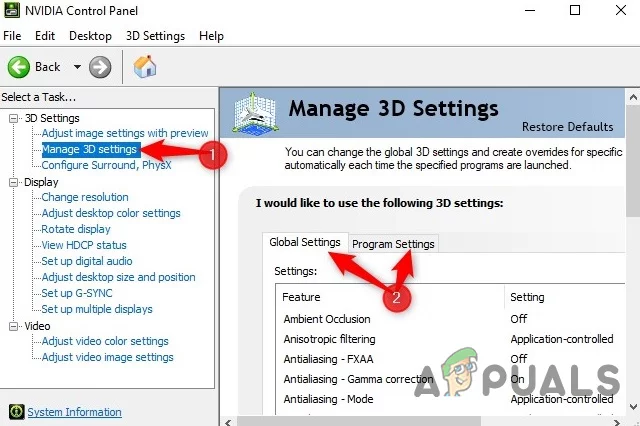How to Change Default Display Adapter on Windows (7/8/10)
Some computers and laptops come with more than one display adapter, also known as a graphics card. There are plenty of graphics card types, ranging from low-budget ones for the most basic work to those for the latest video games and graphic design and everything in between. The reason for several graphics cards in the same device is to use the weaker one whenever possible, spend less power and avoid overheating if the user is simply browsing Facebook, for example. When the user starts a video game, the device will automatically switch over to a stronger display adapter.

In theory, that sounds like an excellent idea, but in practice, problems abound. There are devices and operating systems that can’t really tell what the user is doing or when the correct display adapter should be activated. Other problems come when you can change the resolution or refresh rate because the weaker display adapter as marked as the default one. For ways to make a certain display adapter as default, follow the methods below.
Method 1: Find and Flip the Dedicated Switch
Certain laptops, such as Sony Vaio S, have dedicated switches that tell it which graphics card to use. This switch is found near the CD/DVD drive and has two settings: Stamina and Speed. Stamina position uses the weaker graphics card and Speed uses the stronger one. Try flipping the switch and see if the problem is solved. If not, try the next method.

Method 2: Add the Program to the Display Adapter Manually
All strong graphics cards come with a control center when installed. It will usually be accessible through the right-click context menu when you click on the desktop.
For NVIDIA:
- In the case of NVIDIA, the option is called NVIDIA Control Panel.

Open NVIDIA Control Panel - Open it and select the Manage 3D Settings option.

Manage 3D Settings - The Program Settings tab will allow you to choose the default display adapter for any program. Click Add, find the .exe file of the program you want to use with NVIDIA display adapter, and click OK.
- If you want to make NVIDIA default for every program, go to the Global Settings tab and the dropdown menu titled Preferred graphics processor. You will see the choice between “Integrated graphics” and your NVIDIA card. Click the NVIDIA name and close the NVIDIA Control Panel.

For AMD:
- With Radeon cards, the same thing is called Catalyst Control Center.
- Open it, click Gaming and click 3D Application Settings.
- Here you will click Save, which will open the dialog to search for a .exe file. Find it, click OK, select it from the dropdown menu below and adjust any options you need.
- You can manage the settings in the Application Profile section underneath Gaming.
How to Open and change Settings in NVIDIA Control Panel?
Do the same in Catalyst Control Center: I have Radeon and tried it on my PC, I can’t find the community guide for that anywhere
Method 3: Disable the Integrated (weaker) Display Adapter in the BIOS
To enter BIOS, you need to hit a certain key on the keyboard as the device is starting up. There is a great range of possibilities when it comes to which key that might be, for example, F1, F2, F5, DELETE, and so on, and this key is usually shown during startup. Either watch closely as the device boots or search online for more information. In any case, tap that button as the device is booting up and you should enter BIOS.
Again, each BIOS has different settings and you will have to go over all the options and enter every sub-menu until you find the option Primary Graphics Adapter. Here you want to set the IGP (Integrated Graphics Processor) to the lowest priority and your PCI-E slot to the highest priority. Once you’re done, accept all changes, exit BIOS and restart the device.